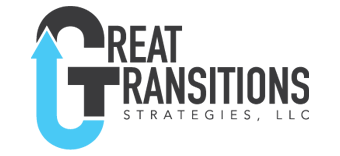Where is your attention when you are on the dance floor? Your moves, your partner, the music, those around you, the space around you?
Can you detect the full flow of the room from the dance floor? The patterns, who’s in, who’s out, the space?
To see the bigger picture, you need to get off the floor and get a better perspective. What would getting up on the balcony do for your perspective?
Are you trying to lead your organization from the dance floor? Here are a couple areas to test yourself.
Take inventory of the meetings you attended as the leader, when the purpose was to solve a problem. How much time did you spend focused on getting the problem to a solution? I am sure you can say, all the time, that was the purpose of the meeting.
I mean what percentage of the time were you fully engaged “hands on” in the problem solving? Did you observe the flow of the room, see who was in and who was out or were you dancing with members of the team? It’s hard to pull back and watch. After all, you were promoted to this role because that is what you do, solve problems.
What ongoing programs are under your cognizance? Take an inventory of your level of immersion in your most challenging program. Are your program managers bringing their challenges to you to solve? If they are, they are asking you to dance. What should they be doing?
Lastly, think about the holistic performance of your organization. Only this time in your mind get on the balcony and play a mental video. What do you see when you zoom in and observe yourself? Where are you and what are you doing?
Visualize a linear spectrum, with the dance floor on the left and the balcony to the right. I would equate the dance floor with tactical engagement and being on the balcony as strategic engagement.

Is a fire chief most effective, actually fighting the fire or observing and directing those fighting the fire? Where are you most effective in leading your organization? How close to the action and what level of tactical interaction makes you and your team most effective?
We have to slow ourselves down and get off the dance floor to get to the balcony. Once there, take the time to observe.






